Last June, on my Facebook Live Broadcast “Let’s Talk 2e!” I spoke about getting ready for this school year. People probably wondered “Why is she talking about that now?!” But the truth is, advocating for our 2e kids never stops and planning ahead with a global goal in mind is the best way to help our children succeed.
What did I mean back in June? Let’s start with that global goal: bringing out the best and raising self-esteem in our kids. To accomplish this, we must help the adults working with our children understand who they are, and to grasp what facilitates or impedes their growth. A great way to do this is to highlight your child’s strengths by showing them engrossed in something they love.
Summer is a great time to photograph your child building, doing, creating something. Not a photo of them standing next to the completed project but an image of that wrinkled brow concentrating on a small detail in a constructed creation or the look of wonder as they read a new book, the capable look of responsibility or accomplishment as they washed the dog or took care of an elderly friend or relative. Back in June, I suggested gathering two or three of these “action shots” and putting them in your “back to school meeting” file that you bring with you the first week of school.
“Back to school meeting” file? Yep, I always recommend that parents of 2e kids set up a meeting with their child’s teachers during the first week or two of school. If possible the meeting should include all of your child’s teachers; music, art, P.E., guidance counselor, all subjects. The idea is to show them what your child looks like when he is fully engaged. So often 2e kids complain that they are bored and teachers see their reactive side. The goal for the meeting is simple: help the adults who spend every day with your child to understand what makes him tick and what ticks him off. Your messaging should include all of his awesomeness, for instance:
- he loves to read, or
- though reading is a challenge, he loves to listen to books on CD,
- he’s a great joke teller,
- he thinks deeply about things,
- he makes quick connections,
- he wants to do well and wants to be liked,
- he cares about the world and is concerned about it,
- he has a strong sense of right and wrong,
- though he may look tough on the outside he has enormous empathy for people and pets and nature.
Then segue into challenges. What trips him up? Why does he look tough on the outside? Perhaps some of the challenges include:
- he gets a lot of negative messaging during his day – from adults and from peers,
- he is impulsive,
- his sensitivity can cause him to misinterpret social cues,
- when he misinterprets social cues his feelings get hurt and he can get angry,
- when he makes quick connections he sometimes gets off task, or is frustrated with others who need more time,
- he needs to move to fuel his intellect,
- joking can sometimes get out of hand because sometimes it feels like that’s the only way he can connect with people,
- when he’s bored – which is often – he becomes restless and can be disruptive.
Many parents think they should avoid talking about their child’s challenges. They hope for the best, hope this year will be different. But giving teachers information about who your child really is, can only help them prepare for your child’s success. I was astounded and thrilled this week after meeting with my son’s teachers that his band teacher made a specific binder for him including information on percussion and percussionists in case he became bored while waiting for his drum part. (He is one of sixty-five band students in the classroom). Wow! I definitely did not expect that and what a fabulously creative idea! I didn’t suggest this idea, the teacher came up with it based on our “first week of school” meeting. Just as we want teachers to expect the best and give our kids the benefit of the doubt we have to do the same for them.
Twice exceptional kids fall into so many categories that you cannot expect, even if a teacher has experience with twice exceptionality, that he or she has experienced a similar profile to your own child. You must paint the full picture and then suggest ways to engage and connect with your child. Some examples of 2e profiles and their manifestation in a classroom might include:
- Successful socially but challenged by a learning difference/disability. In a classroom requiring those skills the child often feels badly about himself or questions his giftedness and therefore practices avoidance and deflection. Joke telling. Calling out. Withdrawing. Frequent bathroom or water breaks.
- Profoundly gifted. Even in gifted programming surrounded by gifted peers, he’s bored or socially excluded. He may avoid risk-taking. He may challenge the teacher. He may avoid working in groups.
- Unable to make eye contact. Withdrawn. Shut down by stimuli.
- Anxious. The more demands for control, the less he is in control.
- Existentially aware beyond his age and emotionally sensitive. Sometimes he withdraws or acts out to counteract the enormous feelings he has inside.
These are just some of the combinations that 2e kids experience. So often our kids’ strengths are counterintuitive to their challenges or vice versa. One may not expect that an introverted kid will thrive on (the right kind of) deep personal connection. A highly impulsive kid often looks as though he doesn’t care about others’ feelings when in fact he cares deeply. A jokester may not seem as though he wants to learn when in fact he is desperate to but realizes he has a learning difference. These children do have one thing in common, they all need a loving, understanding, non-judgmental adult to get to know them so their anxiety level can drop and they can a) take risks, b) be themselves, c) come out of their shell, d) control their impulses and e) feel safe.
How do we help teachers bring out the best in our kids? First make yourself available – let them know you are there to support them through the good and the bad. Give them the imagery of circling the wagons around your child and let them know that you’re in the wagon right next to theirs. Be up front with them; “My kid is awesome; he can do x, y, and z. He also has challenges in some areas. Here is what it may look like when he is challenged. Here is what it really means.” Then give teachers suggestions and strategies. Don’t be afraid to ask that the teacher talk to your child privately and ask him how he thinks his behavior affected other people in the room. Suggest that they ask him how they can help him when he gets bored, silly, confused, frustrated, angry.
It is important for teachers to know that telling your child they are there for him when he is feeling out of control is immensely important. Suggest setting up a system, a sign, some way that they can communicate when the child is off task. Maybe the child gets a drink of water, something to eat, some personal assistance without his classmates knowing.
Partnership and collaboration are the best bets for successful parent-teacher communication. Successful parent-teacher communication leads to successful student-teacher relationships and to student success. Effort on the front end brings us closer toward our global goal of bringing out the best and raising self esteem in our kids.

Author: Julie F. Skolnick M.A., J.D.
Julie Skolnick, M.A., J.D., is the Founder of With Understanding Comes Calm, LLC, through which she passionately guides parents of gifted and distractible children, mentors 2e adults, and collaborates with and advises educators and professionals on bringing out the best and raising self-confidence in their students and clients.


